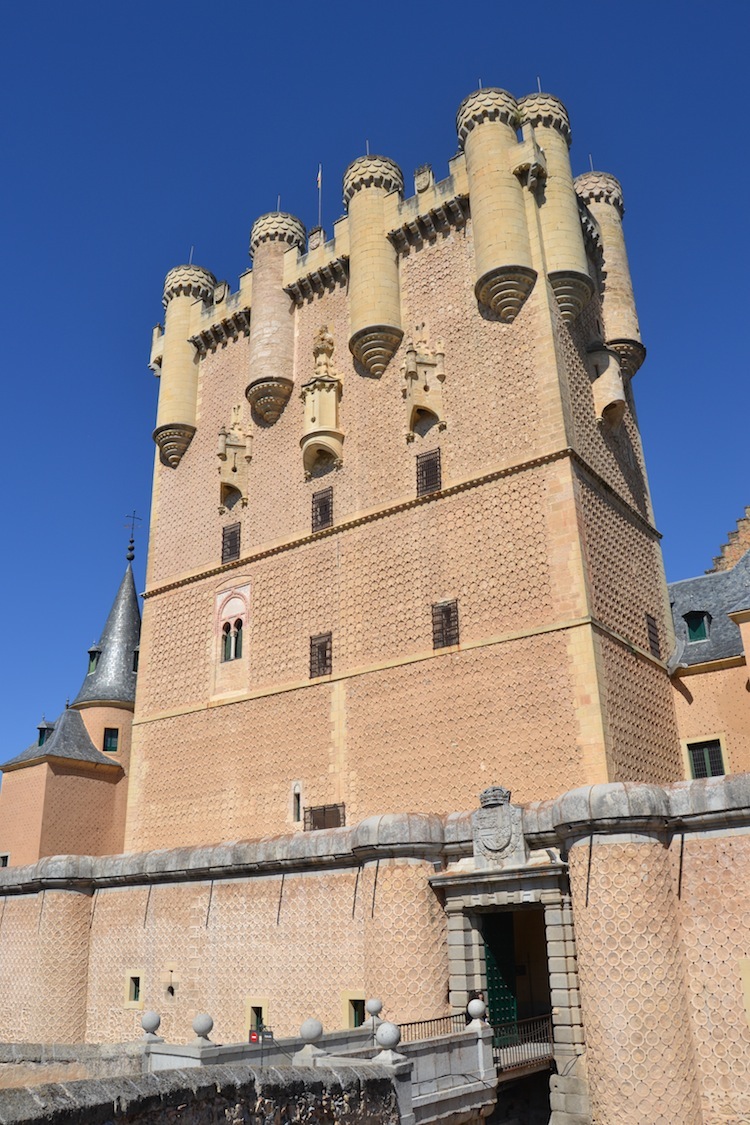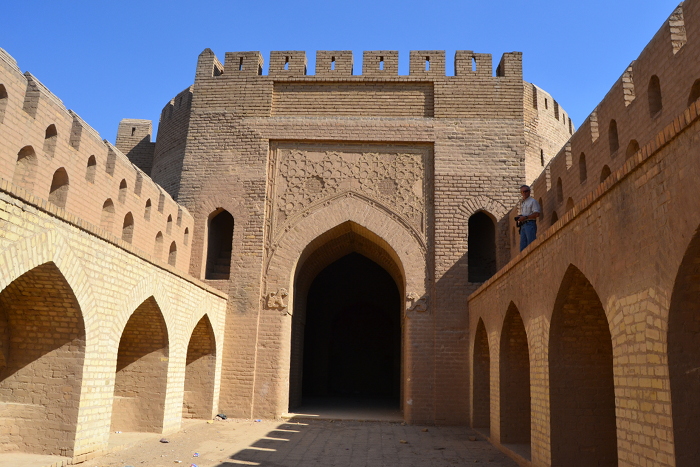The Medieval Treasures of the Kunsthistorisches Museum, Vienna

The Kunsthistorisches Museum in Vienna is one of Europe’s great art museums. With its origins in the personal collections of the Hapsburgs, it has extensive collections of French, Spanish, Italian, German, and Dutch art. There are also large galleries dedicated to Classical and Ancient Egyptian art. Of the most interest to Black Gate readers is the medieval collection, which is the best I’ve seen in ten years of exploring Europe’s artistic treasures.
The emphasis here is on luxury items that once graced the homes of nobility. Of especial interest are the numerous automatons, such as the 16th century cittern player above. There’s also a 16th century gold ship that rolls along a table and fires its cannon, a 17th century moving chariot that doubles as a clock, and a 17th century gilded Diana and centaur that wheel around in circles while moving their heads and eyes. These rare items were the wonders of their time and acted both as forms of conspicuous consumption and a way to celebrate the latest in technology.






